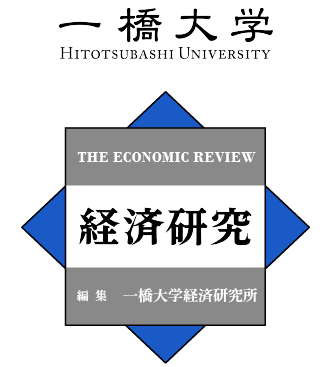Jan. 25, 2020
製品開発における上流工程管理と人材マネジメント --開発成果に対する効果の検証--
Front-End Practices and Human Resource Management in the Product Development Process --Empirical Analysis of Development Outcomes--
要旨Abstract
本稿では,日本・中国・韓国における製品開発の上流工程を有する企業(製造業とソフトウェア業)に対して行った質問紙調査の結果データ(382社)に基づき実証分析を行った.具体的には,製品開発の上流工程における諸活動(市場と技術に関する情報収集,上流工程への各機能部門の関与度合い,参加者間および下流工程とのコミュニケーションの状況など)と人材マネジメント(インセンティブ付与のあり方)とがいかなる関係にあるときに開発成果が高まるかを定量的に分析した.分析の結果,以下の3点が明らかになった.(1)外部情報の獲得ルートが多く,なおかつ非金銭的インセンティブが付与されるとき開発成果(QCD,顧客満足度,販売実績)が高まる.(2)コミュニケーションの円滑さで測られた開発工程間の組織内統合度が高く,なおかつ非金銭的インセンティブが付与されるとき開発成果(QCD,顧客満足度)が高まる.(3)マーケティング担当者と開発担当者とのコミュニケーションの円滑度が高く,なおかつ非金銭的インセンティブが付与されるとき開発成果(QCD,顧客満足度)が高まる.
This paper empirically investigates the relationship between front-end product development practices and product development performance by using comprehensive questionnaire survey of the product development practices of Japanese, Chinese, and Korean firms in manufacturing and software industries. On front-end product development practices, we focus on information gathering on markets and technologies, the degree of contribution of different departments to front-end practice, and mode of communication among employees and downstream development process teams. Furthermore, we analyze the interaction effects these front-end product development practices and human resource management, especially, monetary and nonmonetary incentives. The following results are obtained. First, larger number of sources of external information associated with greater provision of non-pecuniary incentives improve development outcomes in terms of QCD (quality, cost, and delivery), customer satisfaction, and sales. Second, stronger organizational cohesion measured by smoothness of communication, associated with greater provision of non-pecuniary incentives, also improve the development outcomes in terms of QCD, customer satisfaction, and sales. Third, better communication between employees responsible for market and product development associated with greater provision of non-pecuniary incentives improve development outcomes regarding QCD and customer satisfaction.
書誌情報Bibliographic information
Vol. 69, No. 1, 2018 , pp. 35-54
HERMES-IR(一橋大学機関リポジトリ): https://hdl.handle.net/10086/29026
JEL Classification Codes: O3, M5
